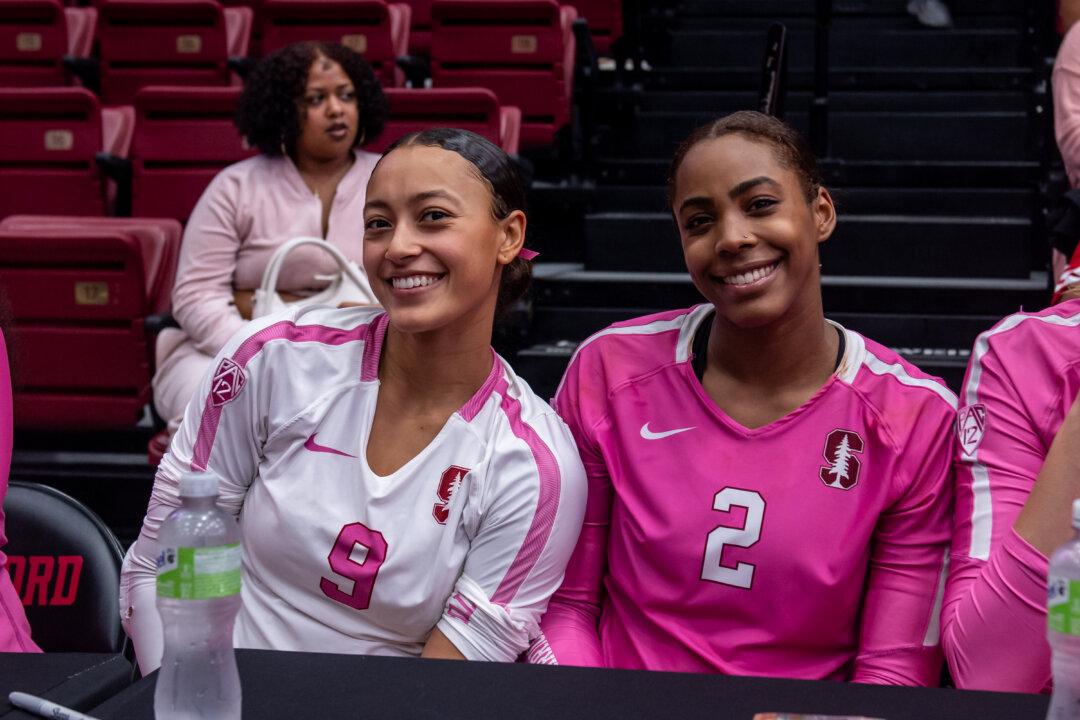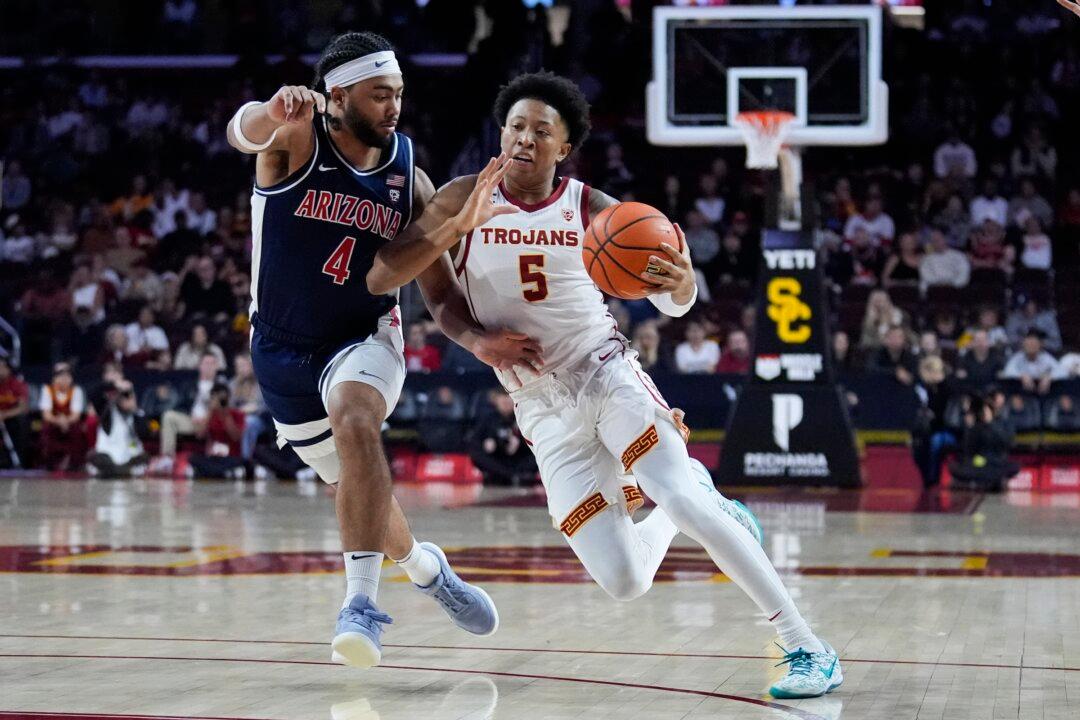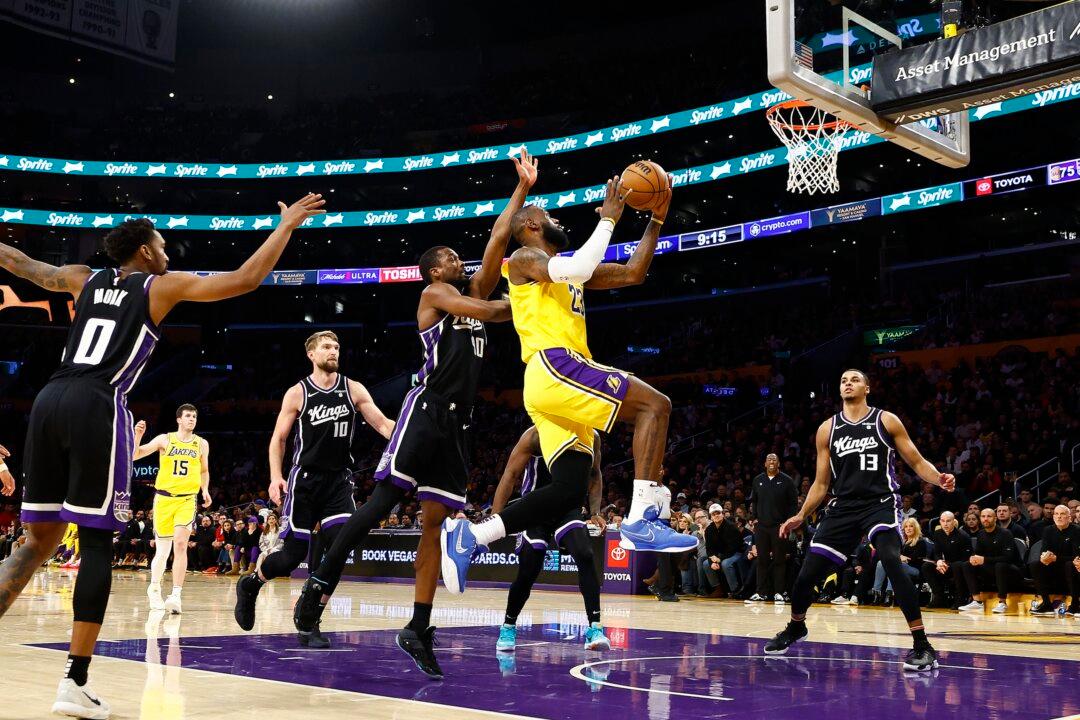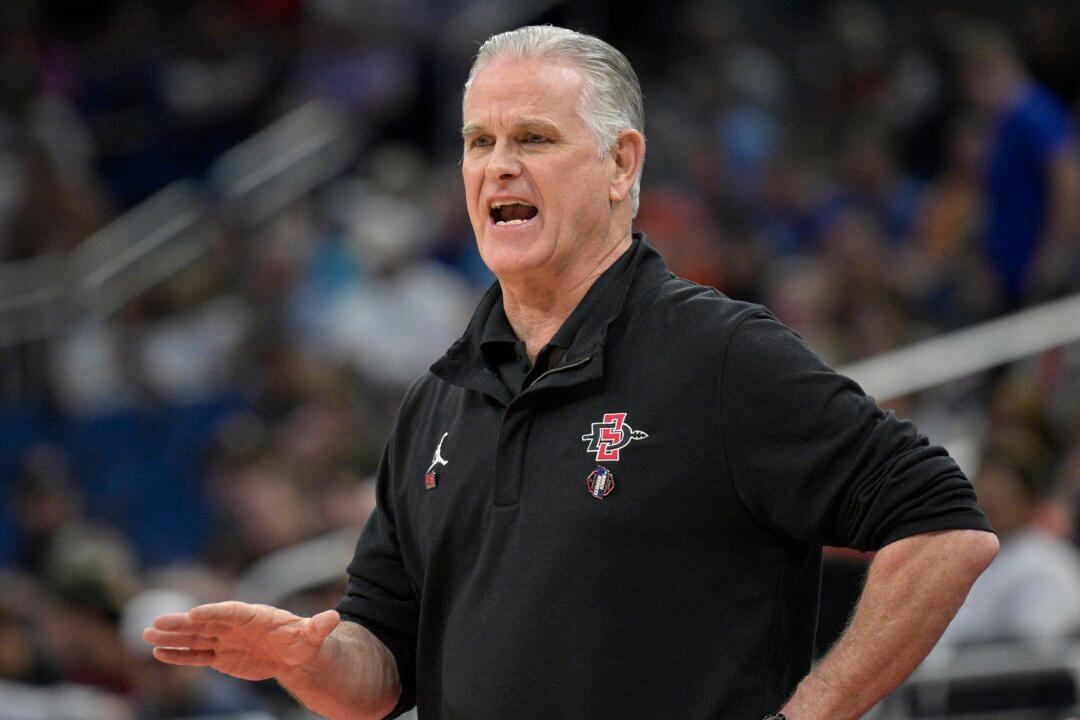USA Hockey’s Jan. 28 announcement that neck-laceration protection will be required for all youth players beginning in August was great news for the California Amateur Hockey Association. In a perfect world, the state organization might very well have already put such a rule into place.
“Unfortunately, as a subordinate governing body to USA Hockey, California wasn’t prepared to go out on that limb by ourselves,” association President Tom Hancock told The Epoch Times. “There are other issues that come into play—liabilities, et cetera. Mandating certain things could have related repercussions if you mandate something and it turns out not to be safe. That’s why I’m happy to see USA Hockey take that step.”





